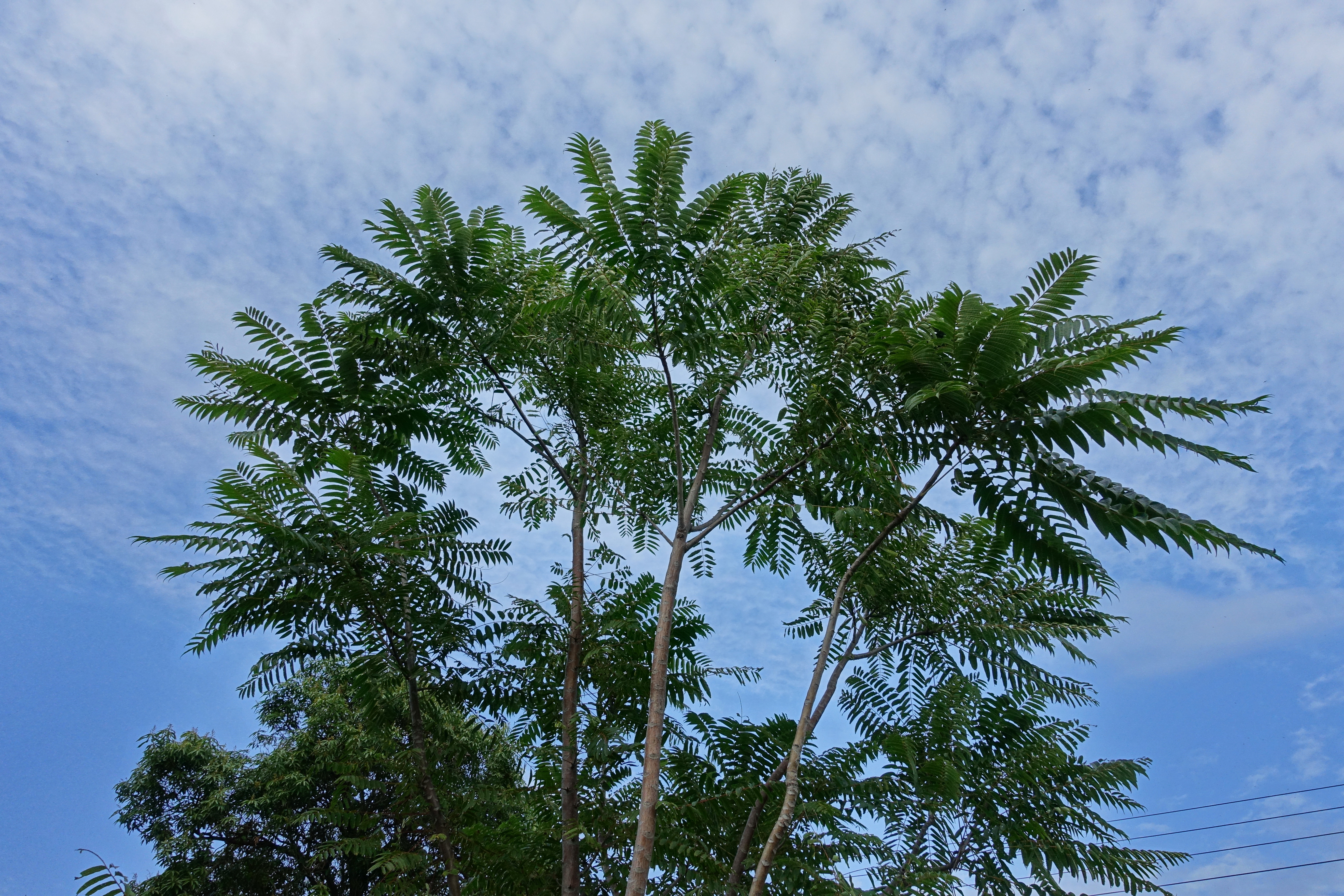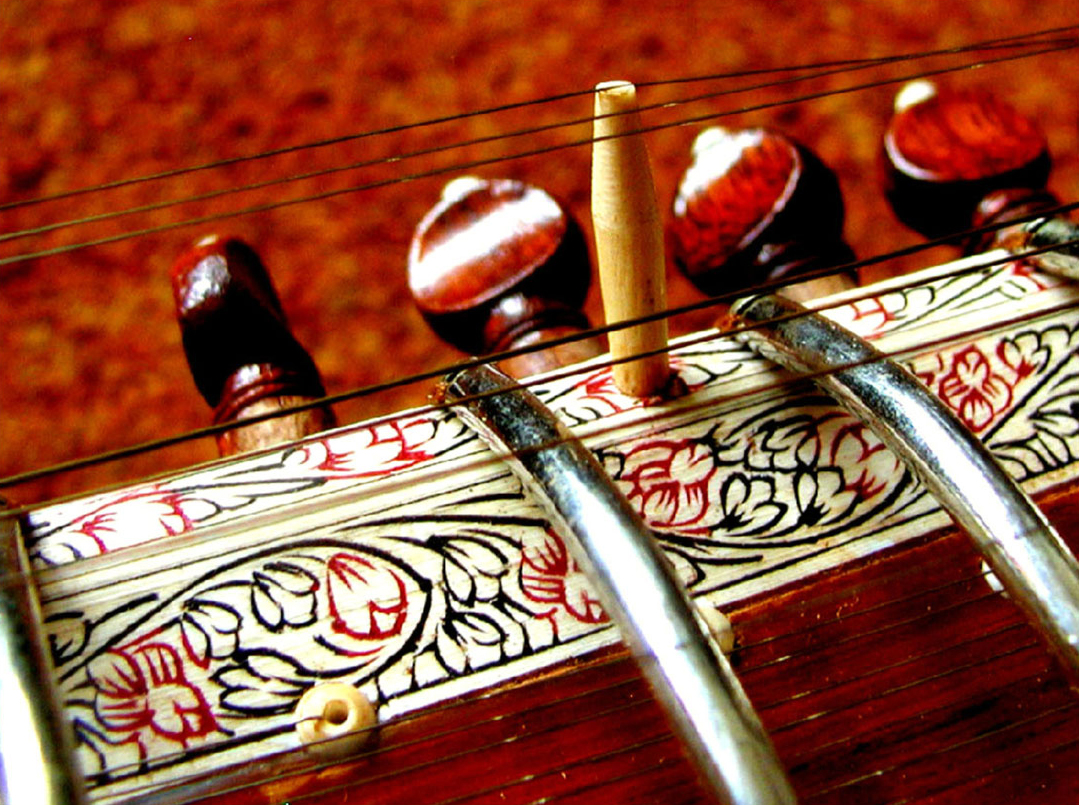|
Toona
''Toona'', commonly known as red cedar, toon (also spelled tun) or toona, tooni (in Nepal and India) is a genus in the mahogany family, Meliaceae, native from Afghanistan south to India, and east to North Korea, Papua New Guinea and eastern Australia. In older texts, the genus was often incorporated within a wider circumscription of the related genus '' Cedrela'', but that genus is now restricted to species from the Americas. Uses Ornamental use '' Toona sinensis'' is of interest as by far the most cold-tolerant species in the Meliaceae, native in China as far north as 40°N in the Beijing area, where its tender shoots, called ''xiangchun'' (), are a traditional local leaf vegetable. It is the only member of the family that can be cultivated successfully in northern Europe, where it is sometimes planted as an ornamental tree in parks and avenues. Until recently, it had no widespread English common name, though Chinese Mahogany (reflecting its botanical relationship) is now used ... [...More Info...] [...Related Items...] OR: [Wikipedia] [Google] [Baidu] |
Toona Ciliata
''Toona ciliata'' is a forest tree in the mahogany family which grows throughout South Asia from Afghanistan to Papua New Guinea and Australia. Names It is commonly known as the red cedar (a name shared by other trees), tone, toon or toona (also applied to other members of the genus '' Toona''), Australian red cedar, Burma cedar, Indian cedar, Moulmein cedar or the Queensland red cedar. It is also known as Indian mahogany. Indigenous Australian names include Polai in the Illawarra. Woolia on the Richmond River, Mamin & Mugurpul near Brisbane, and Woota at Wide Bay. Also called Ai saria in Timor-Leste. Description The tree has extended compound leaves up to 90 cm with 10-14 pairs of leaflets which are narrow and taper towards the tip. Each leaflet is between 4.5 and 16 cm long. The species can grow to around in height and its trunk can reach in girth with large branches that create a spreading crown. It is one of Australia's few native deciduous trees, with the lea ... [...More Info...] [...Related Items...] OR: [Wikipedia] [Google] [Baidu] |
Toona Sinensis
''Toona sinensis'', common name, commonly called Chinese mahogany, Chinese cedar, Chinese toon, beef and onion plant, or red toon (; ; ; ; ) is a species of ''Toona'' native to eastern and southeastern Asia, ranging from northern Korean peninsula through most of eastern, central, and southwestern China, in Nepal, northeastern India, Burma (Myanmar), Thailand, and even present in Malaysia and western Indonesia.University of MelbourneSorting ''Toona'' names/ref>Hong Kong trees(in Chinese, with photosRushforth, K. (1999). ''Trees of Britain and Europe''. Collins . Characteristics It is a deciduous tree growing to tall with a trunk up to 70 cm diameter. The Bark (botany), bark is brown, smooth on young trees, becoming scaly to shaggy on old trees. The leaf, leaves are pinnate, 50–70 cm long and 30–40 cm broad, with 10–40 leaflets, the terminal leaflet usually absent (paripinnate) but sometimes present (imparipennate); the individual leaflets 9–15 cm long a ... [...More Info...] [...Related Items...] OR: [Wikipedia] [Google] [Baidu] |
Toona Sureni
''Toona sureni'' is a species of tree in the mahogany family. It is native to South Asia, Indochina, Malesia, China, and Papua New Guinea. It is commonly known as the suren toon, surian, limpaga, iron redwood or the red cedar (a name also shared with various other trees). It is also known as the Indonesian mahogany or the Vietnamese mahogany. The species is a valuable timber tree. Taxonomy ''Toona sureni'' belongs to the toon genus '' Toona'' of the mahogany family Meliaceae. It was first described by the German-Dutch botanist Carl Ludwig Blume in 1823 as ''Swietenia sureni''. It was transferred to the genus ''Toona'' in 1917 by the American botanist Elmer Drew Merrill. Description ''Toona sureni'' is a medium-sized to large tree, reaching a maximum height of around and a diameter of . The bole possesses buttress roots up to a height of and remains unbranched and straight up to a height of . The bark is fibrous and flaky in texture with numerous vertical fissures. It is pal ... [...More Info...] [...Related Items...] OR: [Wikipedia] [Google] [Baidu] |
Toona Calcicola
''Toona'', commonly known as red cedar, toon (also spelled tun) or toona, tooni (in Nepal and India) is a genus in the mahogany family, Meliaceae, native from Afghanistan south to India, and east to North Korea, Papua New Guinea and eastern Australia. In older texts, the genus was often incorporated within a wider circumscription of the related genus ''Cedrela'', but that genus is now restricted to species from the Americas. Uses Ornamental use ''Toona sinensis'' is of interest as by far the most cold-tolerant species in the Meliaceae, native in China as far north as 40°N in the Beijing area, where its tender shoots, called ''xiangchun'' (), are a traditional local leaf vegetable. It is the only member of the family that can be cultivated successfully in northern Europe, where it is sometimes planted as an ornamental tree in parks and avenues. Until recently, it had no widespread English common name, though Chinese Mahogany (reflecting its botanical relationship) is now used (e ... [...More Info...] [...Related Items...] OR: [Wikipedia] [Google] [Baidu] |
Toona Calantas
''Toona calantas'' is a species of tree in the mahogany family. It is found in Indonesia, the Philippines, and Thailand. It is threatened by habitat loss. It is commonly known as kalantas (also spelled calantas), lanipga (in Visayan and Bikol), ample (in Batanes), bantinan (in Cagayan and Mountain Province), danupra (in Zambales and Ilocos Norte), Philippine cedar, or Philippine mahogany (although the latter is also applied to members of the unrelated genus ''Shorea''). Description and phenology The kalantas tree can grow up to and can measure up to in diameter. The color of the bark ranges from yellowish to dark brown and the inner bark is light brown while trunk is straight and terete. The leaves can be described as compound, alternate oblong or broadly lanceolate. The fruit of the kalantas tree is a capsule that can be ellipsoid or oblongoid that measures long. Flowering occurs from June to August while fruiting occurs from September to November. In Mount Makiling, Lagu ... [...More Info...] [...Related Items...] OR: [Wikipedia] [Google] [Baidu] |
Toona Fargesii
''Toona fargesii'', or the Chinese common name hong hua xiang chun is a medium-sized deciduous tree native to southern China China, officially the People's Republic of China (PRC), is a country in East Asia. With population of China, a population exceeding 1.4 billion, it is the list of countries by population (United Nations), second-most populous country after ... that grows to a height of tall. References fargesii Trees of China Plants described in 1944 Taxa named by Auguste Chevalier {{Meliaceae-stub ... [...More Info...] [...Related Items...] OR: [Wikipedia] [Google] [Baidu] |
Meliaceae
Meliaceae, the mahogany family, is a flowering plant family of mostly trees and shrubs (and a few herbaceous plants, mangroves) in the order Sapindales. They are characterised by alternate, usually pinnate leaves without stipules, and by syncarpous, apparently bisexual (but actually mostly cryptically unisexual) flowers borne in panicles, cymes, spikes or clusters. Most species are evergreen, but some are deciduous, either in the dry season or in winter. The family includes about 53 genera and about 600 known species, with a pantropical distribution; one genus ('' Toona'') extends north into temperate China and south into southeast Australia, another (''Synoum'') into southeast Australia, and another (''Melia'') nearly as far north. They most commonly grow as understory trees in rainforests, but are also found in mangroves and arid regions. The fossil record of the family extends back into the Late Cretaceous. Uses Various species are used for vegetable oil, soap-making, i ... [...More Info...] [...Related Items...] OR: [Wikipedia] [Google] [Baidu] |
Sitar
The sitar ( or ; ) is a plucked stringed instrument, originating from the Indian subcontinent, used in Hindustani classical music. The instrument was invented in the 18th century, and arrived at its present form in 19th-century India. Khusrau Khan, an 18th-century figure of the Mughal Empire has been identified by modern scholarship as the inventor of the sitar. According to most historians, he developed the sitar from the setar, an Iranian instrument of Abbasid or Safavid origin. Used widely throughout the Indian subcontinent, the sitar became popularly known in the wider world through the works of Ravi Shankar, beginning in the late 1950s and early 1960s. The advent of Psychedelia, psychedelic culture during the mid-to-late 1960s set a trend for the use of the sitar in popular music, sitar in Western popular music, with the instrument appearing on tracks by bands such as the Beatles, the Rolling Stones, Metallica and many others. Etymology The word ''sitar'' is derived from t ... [...More Info...] [...Related Items...] OR: [Wikipedia] [Google] [Baidu] |
Rudra Veena
The ''rudra veena'' () (also spelled ''rudraveena'' or ''rudra vīnā'') — also called the ''bīn'' in North India — is a large plucked string instrument used in Hindustani music, especially dhrupad. It is one of the major types of '' veena'' played in Indian classical music, notable for its deep bass resonance. Oral tradition ascribes the instrument to Shiva, the principal deity within Hinduism. The rudra veena is seen in temple architecture predating the Mughals. It is also mentioned in court records as early as the reign of Zain-ul Abidin (1418–1470), and attained particular importance among Mughal court musicians. Before Independence, rudra veena players, as dhrupad practitioners, were supported by the princely states; after Independence and the political integration of India, this traditional patronage system ended. With the end of this traditional support, dhrupad's popularity in India declined, as did the popularity of the rudra veena. However, in recent year ... [...More Info...] [...Related Items...] OR: [Wikipedia] [Google] [Baidu] |
Royal Botanic Gardens, Kew
Royal Botanic Gardens, Kew is a non-departmental public body in the United Kingdom sponsored by the Department for Environment, Food and Rural Affairs. An internationally important botanical research and education institution, it employs 1,100 staff. Its board of trustees is chaired by Dame Amelia Fawcett. The organisation manages botanic gardens at Kew in Richmond upon Thames in south-west London, and at Wakehurst, a National Trust property in Sussex which is home to the internationally important Millennium Seed Bank, whose scientists work with partner organisations in more than 95 countries. Kew, jointly with the Forestry Commission, founded Bedgebury National Pinetum in Kent in 1923, specialising in growing conifers. In 1994, the Castle Howard Arboretum Trust, which runs the Yorkshire Arboretum, was formed as a partnership between Kew and the Castle Howard Estate. In 2019, the organisation had 2,316,699 public visitors at Kew, and 312,813 at Wakehurst. Its site ... [...More Info...] [...Related Items...] OR: [Wikipedia] [Google] [Baidu] |


